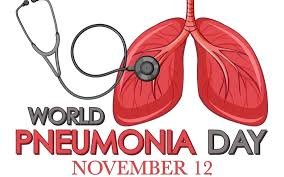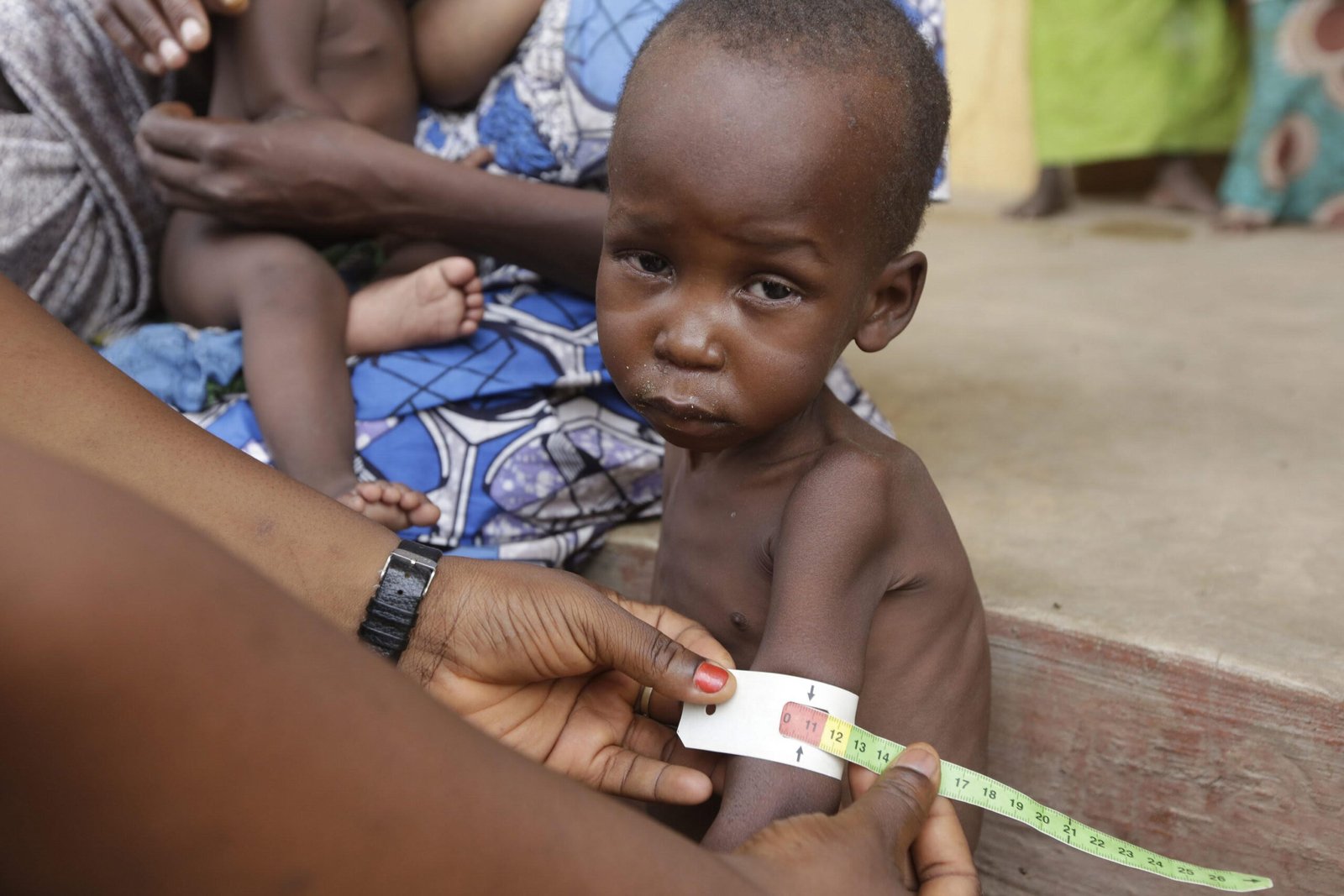In Nigeria, pneumonia quietly remains the leading infectious killer of children under five. Though entirely preventable and treatable, it claimed an estimated 162,000 young lives in 2018, making Nigeria the world’s largest contributor to pneumonia-related fatalities in this age group. This report by Sultan Rabiu captures how this silent epidemic unfolds largely outside public view, compounded by air pollution, malnutrition, poor vaccine coverage, and weak primary care systems.
The Child killer
Globally, pneumonia kills more children under five than any other infectious disease. In 2019 alone, indoor and ambient air pollution contributed to 67,416 pneumonia deaths among Nigerian under-fives, including nearly 50,000 from cooking over open fires and traditional stoves. UNICEF’s Nigeria Representative, Peter Hawkins, captured the tragedy in 2021: “Almost 185 children under the age of five die every day from pneumonia due to air pollution in Nigeria the majority of them from household air pollution … This is a travesty … especially because the vast majority of these deaths are preventable.”

According to 2018 UNICEF data, pneumonia caused one in five child deaths in Nigeria, surpassing malaria, diarrhoea, and measles combined. Yet it remains tragically underfunded; only 3% of global infectious disease research resources are allocated to pneumonia, even though it accounted for 15% of under-five fatalities.
Vaccination Gains with Gaps Remaining
In December 2014, Nigeria introduced the pneumococcal conjugate vaccine (PCV-10) into its routine immunisation schedule. The impact was swift: hospital admissions for severe pneumonia fell from 480 to 386 deaths per 100,000 children between 2014 and 2019. By 2022, around 60% of eligible children had received full PCV immunisation.
However, with over 40% of one-year-olds still unvaccinated, Nigeria lags behind the WHO-recommended 90% coverage. Gaps remain widest in rural and conflict-affected regions, where access barriers, insecurity, and health worker shortages hamper vaccine delivery. Millions of children remain exposed to life-threatening pneumococcal infections.
Air Pollution: A Hidden Driver
Nigeria ranks among the world’s most polluted countries, with cities like Onitsha, Aba, and Kaduna recording PM2.5 levels seven times higher than WHO safety limits. A UNICEF scorecard highlights that air pollution contributes to 30% of pneumonia deaths in African children under five, with household air pollution alone responsible for 70% of those cases.
Peter Hawkins stressed the urgency: “Reducing household air pollution by scaling up clean cooking fuels and technologies is critical.” Nevertheless, a large number of Nigerian homes still rely on solid biomass fuels and open fires, exposing children to toxic fumes that compromise respiratory health.
Malnutrition, Delayed Care, Overwhelmed Systems
Malnutrition severely weakens children’s immune systems. A 2019 analysis showed that alongside air pollution, malnutrition and poor breastfeeding practices were major pneumonia risk factors in Nigeria. Reports from paediatric wards indicate that many children arrive already malnourished and gravely ill, well beyond the stage where antibiotics are most effective.
While Nigeria’s under-five mortality rate improved from 132 per 1,000 live births in 2018 to approximately 110 per 1,000 by 2023, pneumonia deaths remain stubbornly high. Delays in accessing health services are commonplace, especially in remote areas. Oxygen, a critical pneumonia treatment, remains scarce in rural health facilities.
A UNICEF–IHS partnership launched in 2022 aimed to install oxygen plants in eight states, including Edo, Rivers, and Kaduna. At the time, Peter Hawkins remarked: “With limited access to supplemental oxygen, the line between life and death is blurred for critically ill patients with pneumonia … this situation is … the reality for many.”
Policy Response: Strategy and Challenges
In November 2020, then Minister of State for Health, Dr. Olorunnimbe Mamora, unveiled Nigeria’s Integrated Pneumonia Control Strategy. It emphasised exclusive breastfeeding, vaccination, case management, reducing indoor air pollution, and improved sanitation. He warned: “143,000 under-five deaths from pneumonia in Nigeria annually … on a trajectory of 132 deaths per 1,000 live births.”
Yet, implementation hurdles remain.
A PUNCH newspaper investigation in 2025 quoted health experts as saying Nigeria still records approximately 100,000 pneumonia deaths yearly.
A paediatric pulmonologist at LASUTH stated: “We need a policy change to engage stakeholders, patients, and healthcare professionals … ensuring patients have access to the right information and treatment towards lung health.”
WHO figures corroborate this, estimating that pneumonia accounts for around 12% of under-five deaths in Nigeria, or roughly 258 deaths every day. The burden remains heaviest in northern Nigeria, where poverty and weak health systems persist.
Path Forward: Actions That Can Save Lives
Nigeria stands at a pivotal moment. National strategies and international partnerships exist, but their implementation must match policy promises. Key actions include:
Achieving 90% PCV coverage, particularly in rural and conflict-affected zones, through mobile immunisation teams and incentive programmes like conditional cash transfers.
Scaling clean cooking solutions by subsidising LPG stoves and partnering with local entrepreneurs to replace open fires, reducing household air pollution.
Expanding oxygen infrastructure in all primary health centres, complemented by training staff in oxygen therapy.
Strengthening primary care systems to ensure consistent availability of antibiotics like amoxicillin and training frontline workers in Integrated Management of Childhood Illness (IMCI) protocols.
Increasing public awareness about pneumonia prevention and symptoms, early care-seeking, breastfeeding, and clean air through community health workers and media campaigns.
Sustained funding and monitoring to ensure data-driven, operationally effective interventions.
Conclusion
Pneumonia continues to claim thousands of young lives in Nigeria lives that modern medicine and public health tools could easily save. Vaccines, clean air, oxygen, antibiotics, breastfeeding, and robust primary healthcare are proven, available interventions.
Nigeria’s Integrated Pneumonia Control Strategy was a landmark step, but without sustained, focused action, it risks becoming another unfulfilled pledge. By reaching underserved communities with vaccines, clean energy, oxygen, and trained healthcare workers, Nigeria can bring pneumonia out of the shadows and dramatically cut preventable child deaths.
The issue is no longer whether pneumonia is preventable it’s whether Nigeria will act decisively to stop these deaths.



